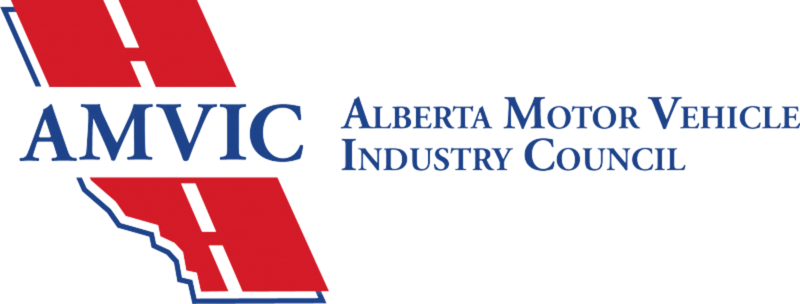ll welding equipment will require repairs at one point, regardless of how well you maintain it. When it comes time for equipment repair, it’s essential to fix it properly to avoid more costly expenses the following year or even sooner. Welding mistakes happen fairly easily and can be quite a hassle when they do; however, there are helpful tips that can remedy your issue and welding shops that will restore your machine in no time.
From minor issues to more problematic damage, refer to Sees Inc’s guide on understanding weld repair.
Most Common Weld Issues Which Require Repairs
Various issues can occur that result in damage or less than optimal function of your welding equipment. This can be based on size and shape, errors on the surface or errors internally or even buckling and warping of the machine. The most commonly identified weld repairs include:
- Porosity: This is a common issue and occurs when the weld metal becomes contaminated and creates gas bubbles or holes in the weld puddle. The rounded holes in the weld are called spherical porosity and the long holes are referred to as piping or wormholes.
- Undercuts: Undercutting refers to the edge of the weld having a heavy toe or U shape. It usually happens because the welding speed is too high and creates the inverse shape due to heat.
- Undersized Fillet Weld: This commonly happens to the lap or the corner joint of the weld and is oversized or a groove weld that is under-filled.
- Whiskers: This is a short length of an electrode wire on the weld that can appear on the surface or inside the weld. They cause holes in the machinery and can lead to severe damage.
- Cracks: Any cracks in welding equipment are a cause for concern regardless of how small. Craters, under-beaded cracks or cracks on the surface can limit the machine’s strength and longevity severely.
- Lack of Fusion (LOF): Otherwise known as cold shuts or cold lapping, it occurs when there is a lack of fusion between the weld metal and the base plate of the equipment. It can create stress risers which cause cracks and damage to the weld strength.
- Proper Cleanliness: Any excess spatter, glass and dirt that has not been thoroughly cleaned out.
Most of these welding issues are caused by problems that can easily be avoided. Welding too quickly, stopping abruptly and starting repeatedly, not focusing on the job or doing a sloppy job on the worksite should be avoided to maintain optimal welding results.
Sees Inc. is your one-stop welding shop for equipment repair on aluminum welding, multi-process welding, and other welding fabrication. We are a full-service repair shop restoring your mining, construction, welding and industrial equipment with meticulous, high-quality care. Our professionals only use top brand products for our services to be the best equipment repair shop available. Get a quote from us on vehicle and filter lubricants or equipment lubricants online today or stop by our store for service!


